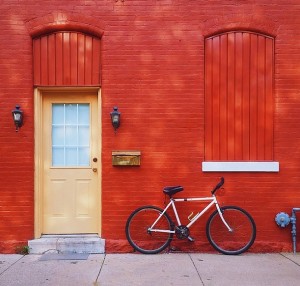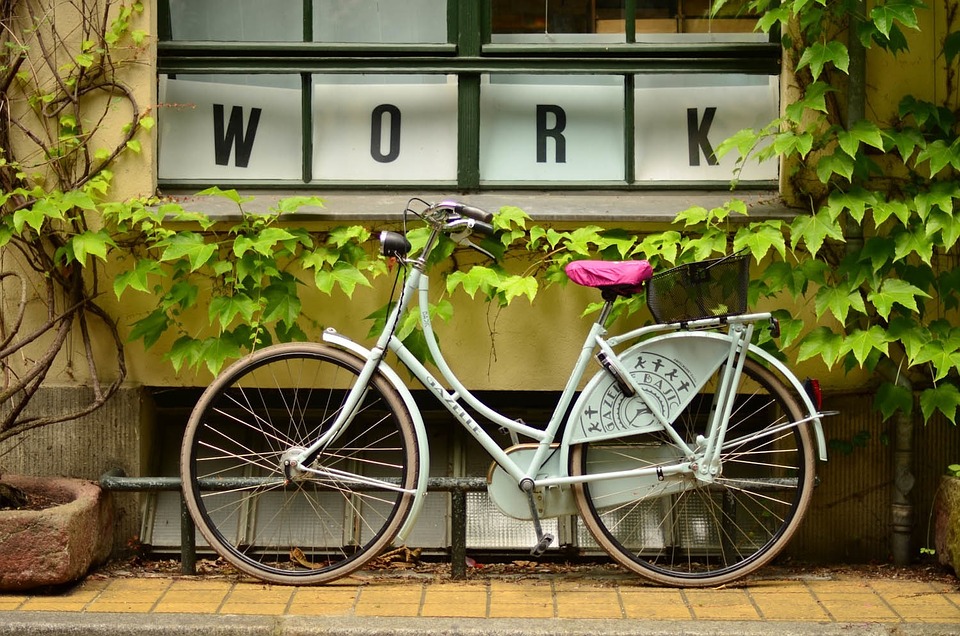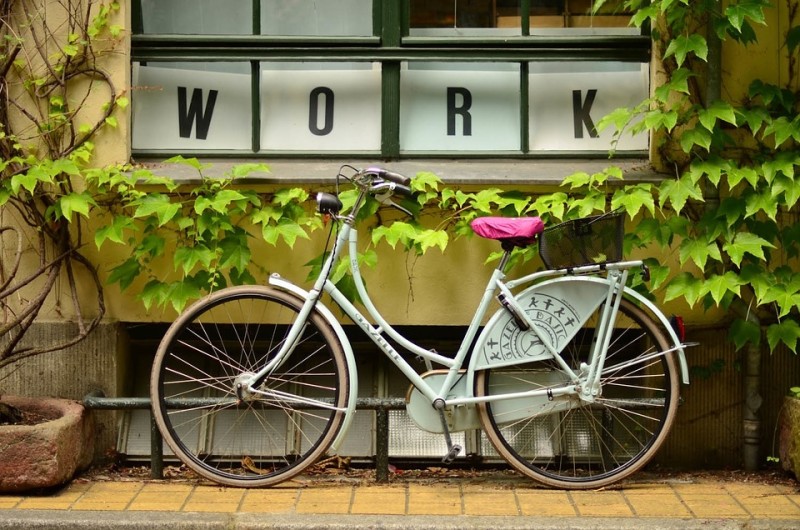Imagine yourself as a builder.  If you were a good builder, you would know tons of different things – from how to build a framework that doesn’t fall down in a storm, to where pipes have to run, to how to insulate walls, or add a door. Sure, you will often call upon specialists like sparkies or plumbers – but even then, you have a pretty good idea of what they do, and can make sure that your work ties in well with theirs.
If you were a good builder, you would know tons of different things – from how to build a framework that doesn’t fall down in a storm, to where pipes have to run, to how to insulate walls, or add a door. Sure, you will often call upon specialists like sparkies or plumbers – but even then, you have a pretty good idea of what they do, and can make sure that your work ties in well with theirs.
But – what if all your life, since beginning as an apprentice, you’d never been taught how to build windows? And what if, in fact, the vast majority of the houses you worked on had no windows – because the people who asked you to build those houses said windows weren’t really that necessary? (‘Just use the doors. They do a pretty okay job as ersatz windows if you really need them!’).
In that scenario, you’d know very little about windows. And if your clients suddenly wanted lots of windows, you’d be stumped. You’d probably build some pretty shoddy windows, and through no fault of your own. You’d have to to call in some specialists.
And of course, if no one specifically asked for windows on a project, you’d just continue building your houses without them.
This seems to be where transport engineering is in New Zealand right now. And the windows, as you may have guessed, are a metaphor for bikeways.
With cycling the cool new (or retro) thing, we’re suddenly seeing specialists in demand, and various cycle projects popping up here and there, but not everywhere, not yet.
Meanwhile, in the rest of Auckland, on those 99% of all transport projects that aren’t ‘cycle projects’ – the city’s still building houses without windows. It’s doing roading projects without thinking how to make them better and safer for people on bikes. We’re missing lots of opportunities big and small – and often not because of lack of will, or even cost, but simply because the skills and culture aren’t there yet. We’re not automatically thinking windows.
Some days it feels this situation has gotten worse in Auckland in the last year, and ironically, the reason may well be the urban cycleways.
How does that work? Well, Auckland Transport’s cycling team is newly energised thanks to new staff and leadership, a mandate to change things for the better, and a pretty big (if still small, relatively speaking) chunk of money.
But AT’s cycling people are also up to their necks in trying to to make sure that the 3-year program keeps on track, on budget and on time…
- And trying to help local boards get their Greenways projects aligned and functional as part of a larger network (watch this space).
- And trying to work with their own road safety teams to fix known trouble spots.
- And working with us on whatever the latest hot issue is.
- And preparing and managing the consultation and promotion efforts to ensure that public support grows for new cycleways.
- And organising the data collection to make the business case for more cycle funding.
It’s a lot of work for what is still a pretty small team.
So it’s no wonder that, despite some related workstreams, Auckland Transport’s ‘maintenance behemoth’ still largely operates under the mantra of ‘replacing like for like’. This means some missed cycle opportunities, like when Mt Albert Road was totally torn up a few months ago – and then put back exactly the same old way.
And it’s no wonder that consultants designing new traffic signals don’t ‘think bike’, such as with the Abbotts Way / Grand Drive signals palaver. Or that PT teams building new stations think bike parking is all there is to it (but don’t feel that getting the bikes there is part of it), as with the Manukau Bus / Train Station project.
And it’s no wonder that the lost opportunities continue, with a recent example being the bus-related works on Upper Symonds St. AT is preparing to run double-deckers on this route, and since double-deckers don’t mix well with shop canopies, they decided to add a strip of widened footpath to keep the buses at bay.
If you squint a little, you can see all sorts of possibilities…
Good spot for Auckland's first half kerb cycle track. Symonds St. pic.twitter.com/6ostWfNxcY
— Kent Lundberg (@kentslundberg) February 4, 2016
When we first saw Kent’s musings, we thought… how hard can it be? Seems, via Google, the space is about ~5.8m wide, which is enough for 3.2m bus/off-peak car park lane and a 2.6m bike lane (with a buffer for opening car doors).
@Brycepearce @geogoose @lukechristensen @kentslundberg Like this: pic.twitter.com/CPDGjOCMsP
— Bike Auckland (@BikeAKL) February 5, 2016
The potential benefit here was huge: this part of town, which connects to Mt Eden Rd, Eden Terrace, and through New North Rd to Dominion Rd and beyond, is sadly devoid of cycle facilities – both now and in the 3-year urban cycleway program. It’s sort of the ‘Biking Bermuda Triangle’ of Auckland.
Yet, stand on the corner of Symonds and Mt Eden at rush hour, and you’ll be amazed by the number of people on bikes. Not just hi-viz hardened road warriors and commuters, but a goodly number of frocks-and-suits on bikes, just trying to get where they’re going. They’re brave, considering the tightness of the street space and the number of vehicles that pour through here, including buses. They have to be: it’s a local bottleneck, with few to no alternative routes.
So what happened? Alas, the work was done and no raised cycle lane was built. It was simply not on the radar of the relevant people. And even if it had been, it’s doubtful whether the culture and funding arrangements inside AT would have allowed the cash and design mojo to be raised quickly enough to pounce on this golden chance.
So should we despair of all these wasted windows of opportunity?
Not at all – we’re seeing lots of hopeful moves:
- Kathryn King, AT’s walking and cycling head, assures us that she is hard at work with the maintenance teams in AT to ensure more opportunities are taken up in future road renewal projects. Of course this takes time; you don’t change culture by diktat, especially if you are from a much smaller sibling department – you need to to ‘take people along on the ride’. But fewer of those lost-opportunity ‘like for like’ projects should occur in the future.
- We also just heard the news that AT now finally also has an annual fund (still small, but new money) to pay for works on existing cycle routes, and to take up opportunities that present themselves.
- The hundreds of millions of dollars worth of urban cycleway programme currently being prepared and constructed around Auckland means that plenty of Council, AT and consultant professionals are getting lots of hands-on experience with designing and building cycleways. Sure, they’ll occasionally get something wrong. And AT’s cycling teams are stretched, managing all those projects (as are we, reviewing them!). But we’re also training up a lot of people, who will look back on their work with pride and be ready and hopefully eager to dig in to more. Bike Auckland has always held that some of the most valuable converts are those inside the system…
- And the formal standards are improving. Cycling will be strongly represented in the upcoming new Auckland Transport Design Manual (for the nerds: this is what will replace ATCOP). And NZTA will provide ‘best practice’ guidelines for nationwide use later this year. Even a novice builder’s work gets a lot better when she or he has the right manual to refer to.
So, while we can’t exactly promise you there won’t be future moments of *slaps forehead, groans* when looking at new roading projects, we do see a lot of energy and change happening. In some ways, more has changed over the last year than in the last decade.
We will get some pretty sweet windows out of this renovation – let’s get to work!





